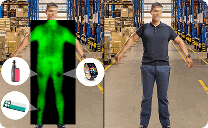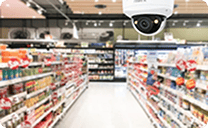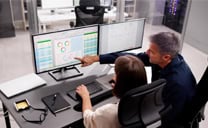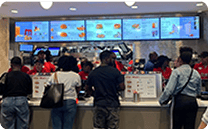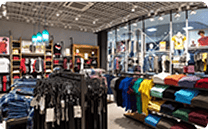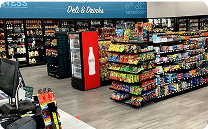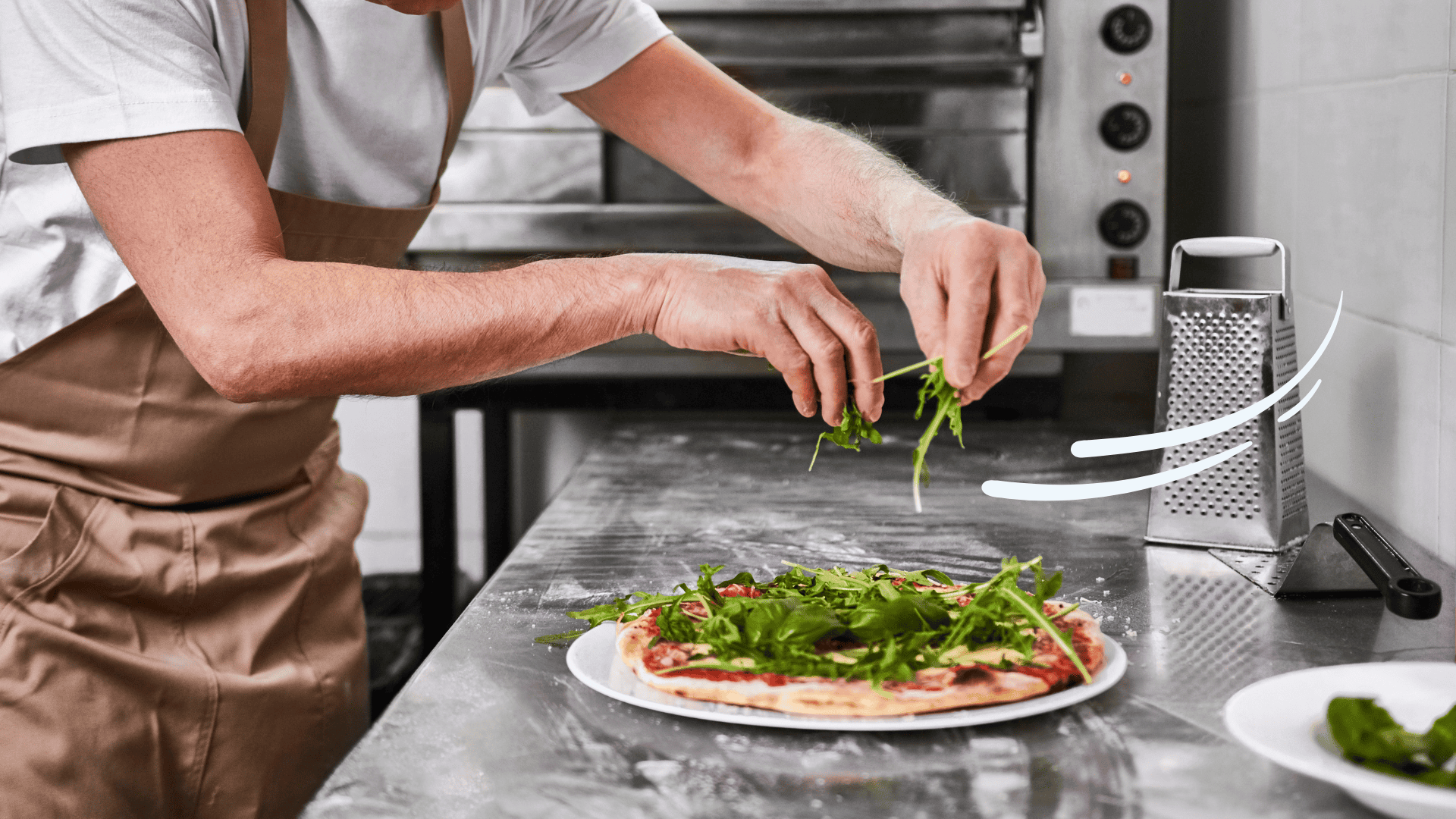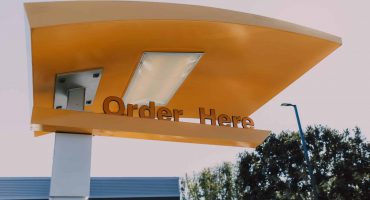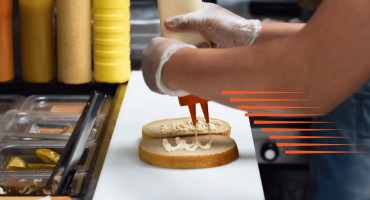In This article
Why Speed Matters More Than Ever
Whether it is a quick-service restaurant, a fast-casual spot, or a traditional sit-down eatery, you know that in today’s competitive, ever-changing dining landscape, the guest experience is paramount. If you don’t understand how to improve speed of service in restaurants, it can make or break that experience. Your customers expect fast, seamless service, from greeting to order placement to delivery and checkout. Industry research shows faster service leads to higher customer satisfaction, better reviews, and increased revenue.
Many embrace restaurant automation and digital transformation as restaurants recover and evolve post-pandemic. From smart kitchen workflows to self-service kiosks and mobile ordering for restaurants, these technologies offer multiple options to help you improve speed of service in restaurant settings, without compromising food quality or hospitality.
Common Challenges Affecting Service Speed
Understanding the common obstacles that slow down your service speed is the first step towards improvement. Let’s delve into some of these challenges.
- Slow Order-Taking and Miscommunication: Paper tickets and verbal orders are prone to error and waste time.
- Kitchen Workflow Issues: Poor prep processes and workflows, unresolved bottlenecks, and lack of coordination diminish efficiency.
- Inadequate Staffing and Training: Too few employees mean slow service and unhappy customers, especially during peak hours. And if you lack comprehensive restaurant staff training, service speed will suffer.
- Outdated Payment Processes: Manual checkouts and limited payment options slow service and frustrate customers.
Optimizing Order-Taking and Front-of-House Operations
Giving your guests modern, easy-to-navigate, and efficient options for placing their orders can significantly improve speed and accuracy. It can also increase each customer’s perceptions and satisfaction. Research cited by the makers of the GloriaFood restaurant automation platform finds digital ordering systems can increase service speed by up to 30% while boosting customer satisfaction. Here are some ways you can modernize order taking for your customers.
- Adopt mobile ordering for restaurants. Apps and websites that let guests place and customize their orders can shorten wait times and increase service speed and order accuracy.
- Equip servers with tableside ordering devices. These get orders to your kitchen faster and more consistently, eliminating lost order slips or misinterpreted verbal orders.
- Make effective restaurant staff training a priority. Ensure all front-of-house employees communicate clearly and cordially with customers and each other, capture orders correctly, and handle digital tools confidently.
Enhancing Kitchen Workflow and Fast Food Preparation
Your kitchen is at the heart of your efforts to increase service speed and customer satisfaction. Here are some steps that can help make your kitchen more efficient and reduce ticket times by as much as 25% during busy periods.
- Implement standardized recipes and preparation methods so all staff follow the same process every shift. Make sure these are well-documented and incorporated into kitchen staff training.
- Invest in proven fast food preparation techniques, such as prepping high-volume items during off-peak hours.
- Use kitchen display systems (KDSs) instead of printed tickets to streamline communication between your front-of-house and back-of-house teams.
Leveraging Technology and Restaurant Automation for Faster Service
Technology, particularly restaurant automation tools, can be a game-changer in improving your speed of service without inflating labor costs. Research by business software provider NetSuite shows that restaurants that embrace automation consistently report shorter wait times and higher efficiency. Here are some tech-driven solutions that can bring similar benefits to your restaurant.
- AI-based order prediction uses past trends and real-time data to help kitchen teams advance preparation on the items they most likely need.
- Integration between point-of-sale and kitchen display systems enables seamless order flow and complete “order-to-delivery” tracking.
- Automated staff scheduling tools help optimize staffing levels during peak and off-peak times.
Restaurant Staff Training and Performance Management
Tools can help, but your team ultimately determines your restaurant’s speed of service and ability to make customers happy. You must invest in comprehensive, consistent, and continuous restaurant staff training to build and nurture an agile and effective team. Empowered and well-trained staff can adapt to changing or unexpected conditions and help maintain a positive guest experience even under stress. Here are some elements your training program should include, giving you the power to shape your team and your restaurant’s success.
- Conduct speed drills that simulate high-pressure service environments to build muscle memory.
- Cross-train employees so they can help in multiple roles during staffing gaps or rush periods.
- Track key performance indicators (KPIs) such as average order-to-serve time and guest satisfaction ratings, and offer incentives for team members who consistently meet or exceed KPI thresholds.
Effective Table and Floor Management
Effective floor and table management is a key strategy for achieving the best balance of high throughput and quality service. A well-managed floor plan can improve table turnover by 20–30% without making guests feel rushed. Here are some suggestions for optimizing your floor and table management.
- Redesign seating layouts to reduce congestion and minimize the walking staff must do.
- Use digital reservation and waitlist management systems to optimize alignment of reservations and seating with availability, capacity limits, and other factors.
- Assign sections thoughtfully, to match server strengths with traffic flow and guest preferences.
Reducing Wait Times in Payment and Checkout
Slow payment and checkout can end a great dining experience on a sour note. Here are some ways technology can help accelerate the successful conclusion of every guest’s visit.
- Accept contactless and mobile payments for fast, hygienic, secure transactions.
- Encourage prepaid online orders for takeout or dine-in to reduce payment bottlenecks.
- For quick-service restaurants (QSRs) and other high-volume environments, implement self-service kiosks that let guests place and customize their orders and payment choices privately and at their own pace, and staff focus on fulfillment. Self-service kiosks can cut ordering time by 40%, improve order accuracy, and increase upselling opportunities.
Balancing Speed with Customer Experience
The best restaurants deliver speed, accuracy, and hospitality in harmony. Speed of service must enhance the dining experience, not diminish it. Here are some suggested best practices for balanced service.
- Require staff to double-check every order for accuracy before it leaves the kitchen.
- Train staff to strive consistently for friendly, efficient guest interactions, even when moving quickly.
- Update wait times in real time via digital displays or apps to help customers set reasonable expectations and avoid frustration.
Conclusion: Speed + Strategy = Restaurant Success
To maximize your customer satisfaction and business success, you must treat speed of service as a core strategic objective. This means taking a multi-element approach to improving service speed. You must modernize workflows, invest in training, adopt restaurant automation tools, refine your preparation routines, improve floor and table management, and focus on your entire operation, both front and back of the house. If you pursue a comprehensive, technology-enabled approach, you will enjoy faster service, happier guests, and higher profits. Learn more about how DTiQ’s innovative solutions help improve speed of service.
Frequently Asked Questions
Q: How do self-service kiosks improve restaurant speed?
A: They allow customers to order and pay without waiting for staff, reducing bottlenecks during peak hours and freeing up employees to focus on fulfillment.
Q: What is restaurant automation, and how does it help improve speed of service?
A: Restaurant automation includes tools like AI ordering, automated scheduling, and kitchen display systems (KDSs). These can speed up operations, improve consistency, and reduce manual workload.
Q: How can restaurant staff training improve speed of service?
A: Well-trained employees are more efficient, make fewer errors, and can adapt quickly during high-traffic periods, leading to faster service and happier guests.
Q: What fast-food preparation techniques can improve efficiency and service speed?
A: Batch cooking, pre-prepping ingredients, and using standardized cooking procedures can all help reduce cooking times and speed up service.
Q: What’s the best way to implement mobile ordering for restaurants?
A: Use platforms that integrate with your POS and kitchen systems. Promote mobile ordering through signage, websites, and loyalty programs to drive adoption.
Q: How to improve speed of service in restaurants environment without sacrificing quality?
A: Adopt and maintain a balanced approach to speed, accuracy, and hospitality. Combine restaurant automation with training, layout improvements, and real-time data to enhance both speed and service quality.
